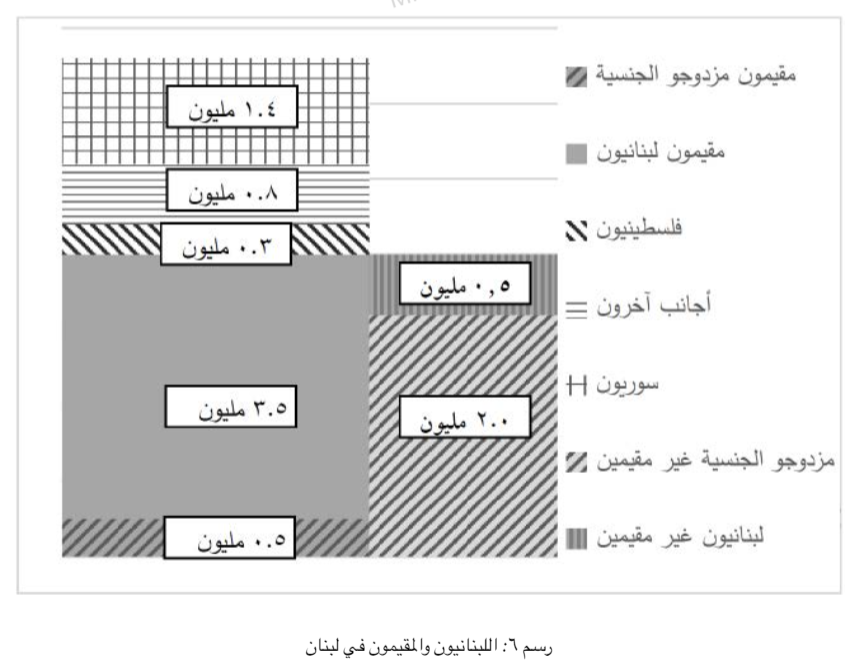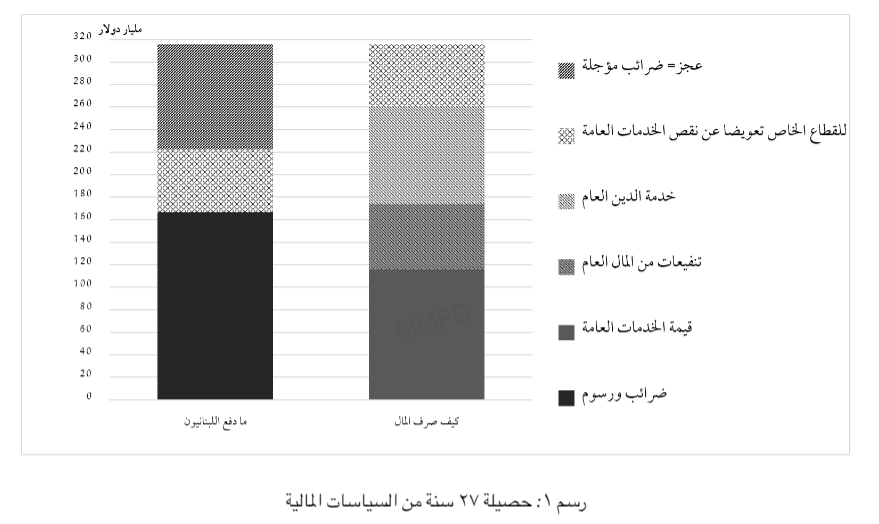The banking system collapsed and with it the central bank. The fundamental question: what functions must financial intermediation fulfill during the transition period? And what banking sector does Lebanon need? At what stage of the transition should the banking sector be rebuilt?
The required function of the banking system is to mobilize available internal and external savings and direct them towards investment, in order to facilitate the transition to an economic model that preserves the interests of society, instead of consuming these savings and hide the loss, as the failed model did.
The “restructuring” of the banking system, or rather the establishment of a banking system fulfilling the functions that the country needs, must take place before any negotiations with creditors, Eurobond holders, and current banks, but also with citizens regarding their social contributions and finally with the International Monetary Fund after it has been approached. It must also be carried out prior to any operation of converting receivables into Lebanese pound, imposing any exceptional tax, or any withholding on deposits or deferral of adjustment accounts or conversion of deposits into capital or under any other form. We clearly warn that any reversal of the sequence of these procedures will generate de facto situations that will make it difficult, if not impossible, to set up the banking system that the country needs.



